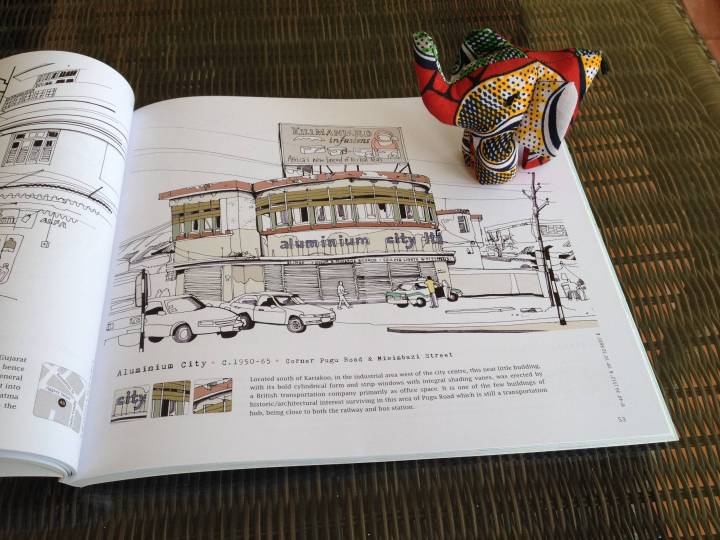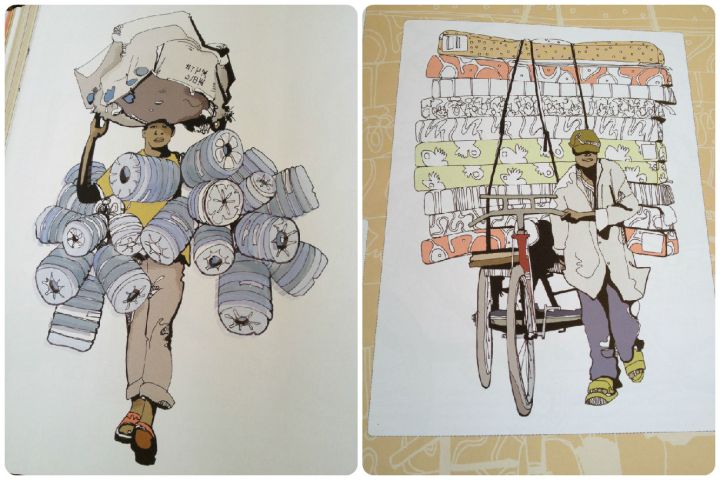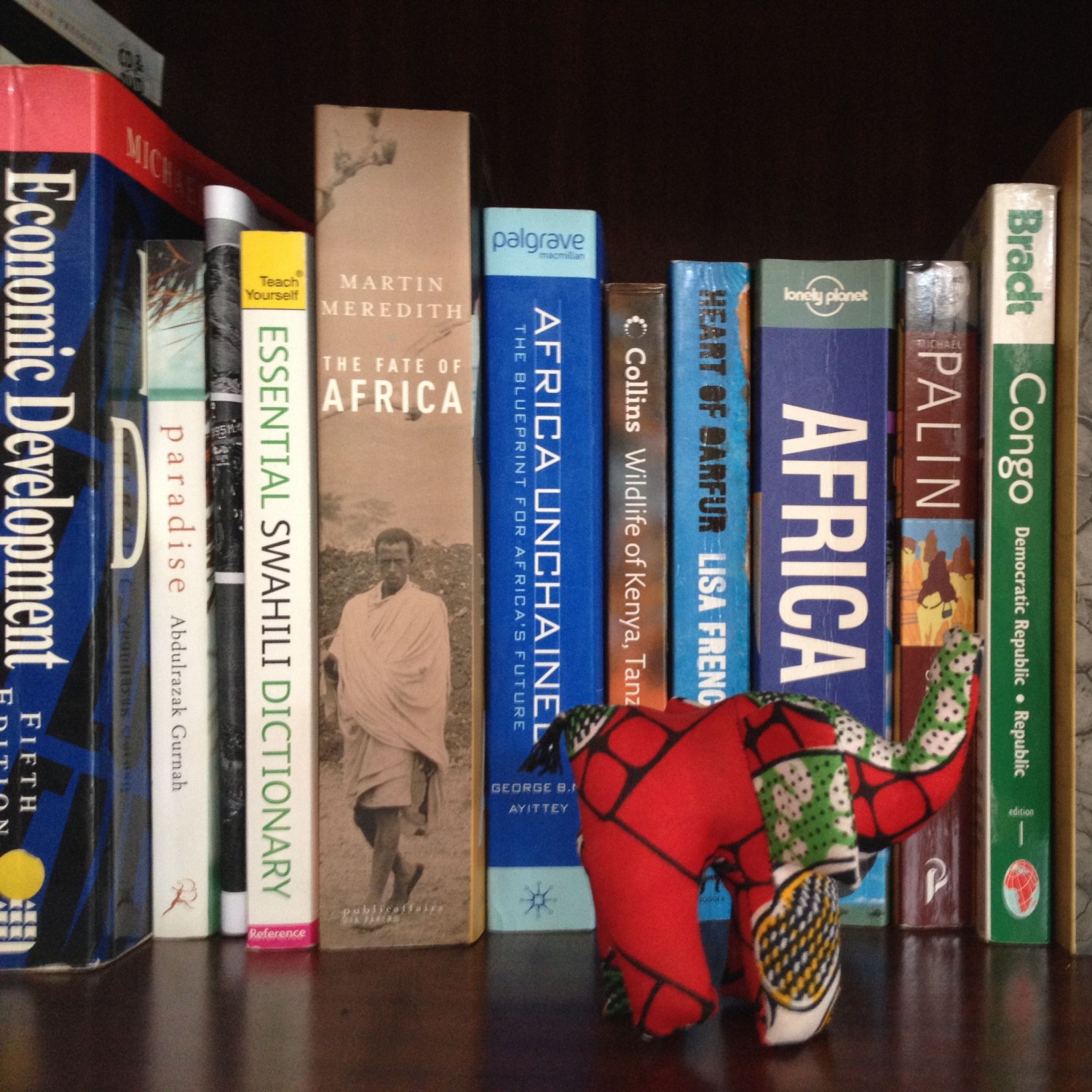I’m finding it too hard to read just one book from a number of African countries. Firstly because once I start searching out books, there are many that I find seemingly interesting to read. Secondly because many of these countries are made up of such diverse cultures and places – reading just one book from one perspective is in someways a little frustrating as you only get a glimpse into a much more rich and complex place. And then relatedly after reading one book from somewhere, I often find myself wanting to read more, for another story, another viewpoint. So to make a long intro short, it might take me more than a year to accomplish this task.
 I read three books for Tanzania. One set in Tanganyika, one set in Zanzibar, and another book of a portrait of Tanzania’s main city, Dar Es Salaam. I never realised but Tanzania is actually the united republic of what was the German/British mainland colony Tanganyika and Zanzibar. Both have quite different histories.
I read three books for Tanzania. One set in Tanganyika, one set in Zanzibar, and another book of a portrait of Tanzania’s main city, Dar Es Salaam. I never realised but Tanzania is actually the united republic of what was the German/British mainland colony Tanganyika and Zanzibar. Both have quite different histories.
My first book was Memoirs of an Arabian Princess from Zanzibar by Emily Ruete – also known as Salamah bint Said, daughter of the once Sultan Seyyid Said of Zanzibar and Oman. Emily’s memoirs were published in 1886 and tell of her life growing up in the Sultan’s house in Zanzibar. She wrote her memoirs mainly for her three children who were born and grew up in Germany. It tells of her family history, of the places in Zanzibar where she lived, and describes many of the everyday aspects of life as a Zanzibari royalty. Towards the end it also tells of how she ends up leaving Zanzibar, converting to Christianity and moving to Germany.
She writes at a time just before Western colonialism sweeps East Africa. But Zanzibar at the time is the capital of Oman, a place of strong class and gendered divide, where slavery is still commonplace, and when Zanzibar is at its height of riches and power. With a booming spice trade, Zanzibar (ie. its Sultan) is prosperous – and the Sultan needs to be – he has over 100 dependents (wives, children and concubines) in his care.
The book is an interesting account of a life and time completely remote to any Westerner or African. The Sultan’s court is a closed society and one that hardly exists at all anymore. In that regards, it provides a unique insight. Her comparisons between Western and Oriental lifestyles, gender relations, and cultural ways are still fascinating today – she has the benefit of having grown up in Zanzibar, but having been accustomed to Western ways of life of the time in Germany. It was a time of rich cultural diversity within the Zanzibari court. After all, Zanzibar was a major trading post hosting people from all across the world:
A painter would have round rich material for his brush on the veranda at Bet il Sahel. To begin with, there were quite eight or nine different facial hues to be taken account of, and the many colours and shades of the garments worn would have offered the most vivid contrasts. No less likely was the bustle and stir. Children of all ages tore about, squabbled, and fought; shouting and clapping of hands – taking the place of the Western bell-ringing – for servants, resounded incessantly; the enormous, thick, wooden sandals of the women, sometimes inlaid with silver or gold, made a distressing clatter. We children enjoyed the confusion of tongues immensely. Arabic was supposed to be the only language spoken, and in the Sultan’s presence the rule was invariably obeyed; but no sooner was his back turned than a sort of Babel would break loose, Persian, Turkish, Circassian, Suahili, Nubian, Abyssinian, to say nothing of dialects. However, no one took exception to mere tumult but now and then an invalid, and our dear father was quite used to it, and never objected in the least.
The other book I read was Abdulrazak Gurnah’s Paradise. Set on the East African coast around the turn of the century. Its the story of Yusef, a young boy who is taken from his family in the countryside to live in the household of the merchant Seyyid ‘Uncle’ Aziz on the coast. There he becomes Khalil’s workmate, looking after the Seyyid’s store. Uncle Aziz is a wealthy trader who makes his fortune by travelling into the interior once a year with cloth, guns, and tools to trade for ivory, skins, and other rich produce.Yusef loses the chance to decide his own destiny – that is now in the hands of the Seyyid. He is housed with another family for over a year, and is taken on one of the Seyyid’s trading journeys. The book was a nomination of the 1994 Booker Prize.
Finally I couldn’t resist getting my hands on a copy of Street Level by Sarah Markes. Its a collection of drawings of old buildings in Dar Es Salaam – some of which have already been demolished. I want to take it with me when I finally visit Dar as it provides a short little description of the buildings.
 It also includes chapters on other aspects of street life – trade, transport, food, greener, and of course the people.
It also includes chapters on other aspects of street life – trade, transport, food, greener, and of course the people.

 The drawings are fun and the book includes writings of others – like little feature pieces or poetry. Its a nice collection of writings and pictures of an eclectic city.
The drawings are fun and the book includes writings of others – like little feature pieces or poetry. Its a nice collection of writings and pictures of an eclectic city.

